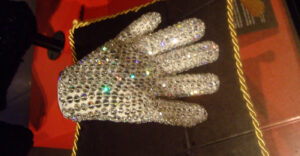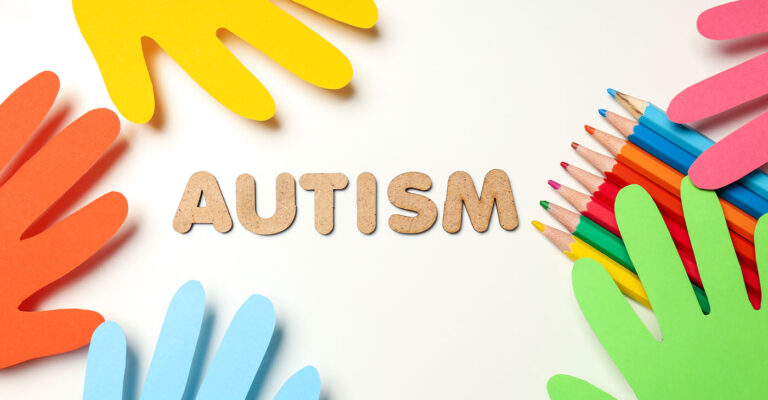By U.S. Department of Health and Human Services
The U.S. Department of Health and Human Services provided this guide on autism spectrum disorder as part of a series of briefs that offer basic information about common disabilities and tips for educators as they support children with disabilities.
Overview
Autism spectrum disorder (ASD) is a developmental disorder that leads to distinctive social, communication, and behavioral strengths and challenges. A diagnosis of ASD now includes what used to be a few separate autism diagnoses: autistic disorder, pervasive developmental disorder not otherwise specified (PDD-NOS), and Asperger syndrome. ASD is a spectrum disorder, which means that each person with autism has a unique set of strengths and challenges.
According to the Diagnostic and Statistical Manual of Mental Disorders (DSM-5), a guide created by the American Psychiatric Association for diagnosing psychological disorders, people with ASD show:
- Difficulty communicating and interacting with other people
- Highly specific interests and repetitive behaviors
- Symptoms that affect the person’s ability to function in school, at home, and in other areas of life
Symptoms for ASD generally appear by age 2 or 3, and it can be diagnosed as early as 18 months. While research shows that early intervention can lead to positive outcomes later in life, many children are diagnosed at a much later age. The first step to supporting a child showing signs of ASD is identification. Some early signs of ASD can include little to no babbling or noise-making, delayed language development, little to no response to name, or avoiding interactions like eye contact, back-and-forth exchanges, and gesturing.
Support Strategies
Educators can implement a variety of strategies to support a positive experience for children with ASD in their learning environment.
- If the child already has an Individualized Family Service Plan (IFSP) or Individualized Education Program (IEP), coordinate with the intervention team.
- Provide structured routines, transitions, and environments.
-
- Display a daily schedule with pictures of routines and activities.
-
- Use visual cue cards during transitions and routines to help the child predict next steps.
-
- Let the child know ahead of time that a transition is coming.
-
- Gradually increase the time the child is expected to remain on task during learning activities.
- Create, read, and discuss personalized “social stories” or “teaching stories” with the child to help them prepare for or cope with various situations.
- Create verbal and nonverbal communication opportunities.
-
- Create and use picture cards to cue transitions and routines.
-
- Create a communication book — with pictures of items or activities the child enjoys or may need to communicate about — that the child can use to communicate with others.
-
- Offer wait time for the child to verbalize ideas or requests.
-
- Read familiar, repetitive books and provide opportunities for the child to fill in the blanks.
-
- Limit the time spent with desired items and activities so that the child is motivated to request them again.
- Support positive social interactions.
-
- Use first-ten boards and cue cards to support the child while engaging in turn-taking activities.
-
- Model, prompt, and reinforce appropriate responses to common greetings and interactions.
-
- Create and repeatedly read social stories with the child. Include pictures along with descriptions of activities, others’ feelings, and directives about how the child can respond in the situation.







